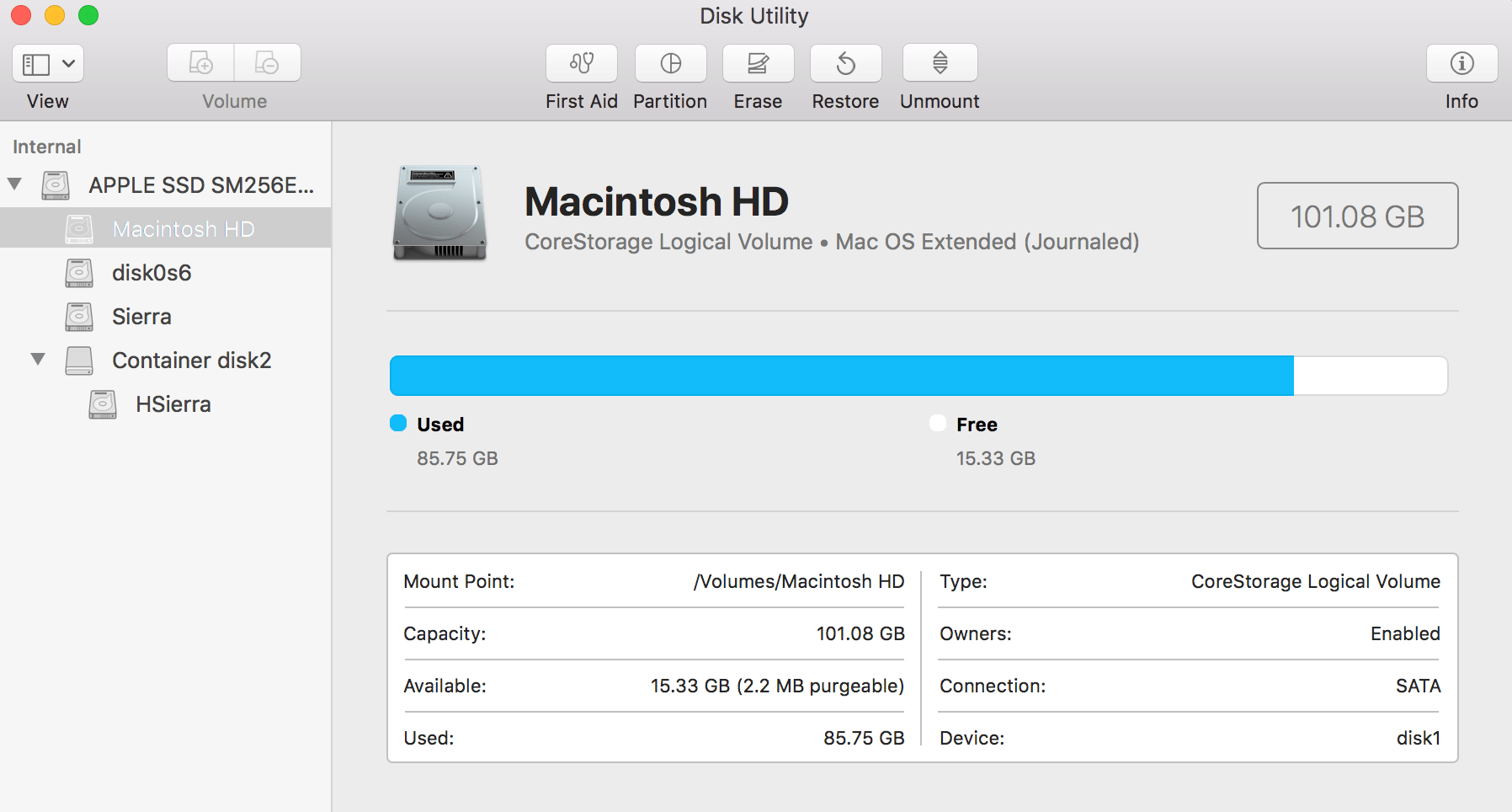Partition Schemes For Formatting External Ssd For Os X
- Partition Schemes For Formatting External Ssd For Os X Mac
- Partition Schemes For Formatting External Ssd For Os X 10
Editor’s Note: If you are planning to use this for Windows XP, please be aware that that the GUID Partition scheme can’t recognize by Windows XP 32-bit machines and Maz OS X ver 10.4 or older. This is all you need to format the SSD for Time Machine. You will see a faster backup with the new SSD. May 24, 2017 6) If you’re erasing the whole disk rather than one of its partitions, click the Scheme popup menu and choose a desired partition scheme. The following partition schemes are at your disposal: GUID Partition Map —Select this option to use this disk with Intel-based Macs only. Step 4: Rename the drive Step 5: Select OS X Extended (Journaled) for Format Step 6: Select GUID Partition Map for Scheme Note: If you don't see the plan choice, at that point you have chosen the volume and not the drive. Tap on the view catch in the upper left-hand side, change to Show All Devices. SMART info will not be reported on external drives. Otherwise, click on the Partition tab in the DU main window. Under the Volume Scheme heading set the number of partitions from the drop down menu to one. Click on the Options button, set the partition scheme to GUID then click on the OK button. Set the format type to Mac OS Extended (Journaled.).
- Feb 08, 2020 Then I noticed in the tutorial above that the scheme being used was GUID partition map ( the scheme I was using was Master Boot Record). With my external HD still empty, I went to utility disk, selected erase, changed the format to MAC OS ext Journaled AND selected GUID partition map under the scheme option then I erased.
- The reason for this is that the SSD drive can be used on a variety of platforms (Windows, Mac OS X, Linux, Unix, etc.) that may employ different file systems (NTFS, HFS+, Ext3, Ext4, etc.) You will need to partition and format the drive for use on your system so that it can be mounted as a usable storage volume on your system.

Disk Utility User Guide
In Disk Utility on your Mac, you can format an external disk for a Windows computer.
WARNING: Formatting a disk or volume erases all the files on it. Save any files you need to another volume before formatting.
In the Disk Utility app on your Mac, choose View > Show All Devices.
In the sidebar, select the disk you want to format to use with Windows computers.
Click the Erase button .
Click the Scheme pop-up menu, then choose Master Boot Record.
I have a Mac with OS Snow Leopard (10.6.8). I want to develop with JDK 7 but Oracle's website says JDK need OS 10.7.3 and later. So I followed some questions and answers on a similar topic here on Stackoverflow and found the following answer (by @larsac), using Pacifist to install JDK 7. Jdk for mac os x 10.6 80 6 8 download free. Any Intel-based computer running OS X 10.8 (Mountain Lion) or later. Administrator privileges. Note that installing the JDK on OS X is performed on a system wide basis, for.
Click the Format pop-up menu, then choose one of the following:
MS-DOS (FAT): Choose this format if the size of the disk is 32 GB or less.
ExFAT: Choose this format if the size of the disk is over 32 GB.
Enter a name for the volume.
The maximum length for the volume name is 11 characters.
Click Erase, then click Done.
Partition Schemes For Formatting External Ssd For Os X Mac
You can also partition a disk using the Master Boot Record partition layout, which is compatible with Windows.
